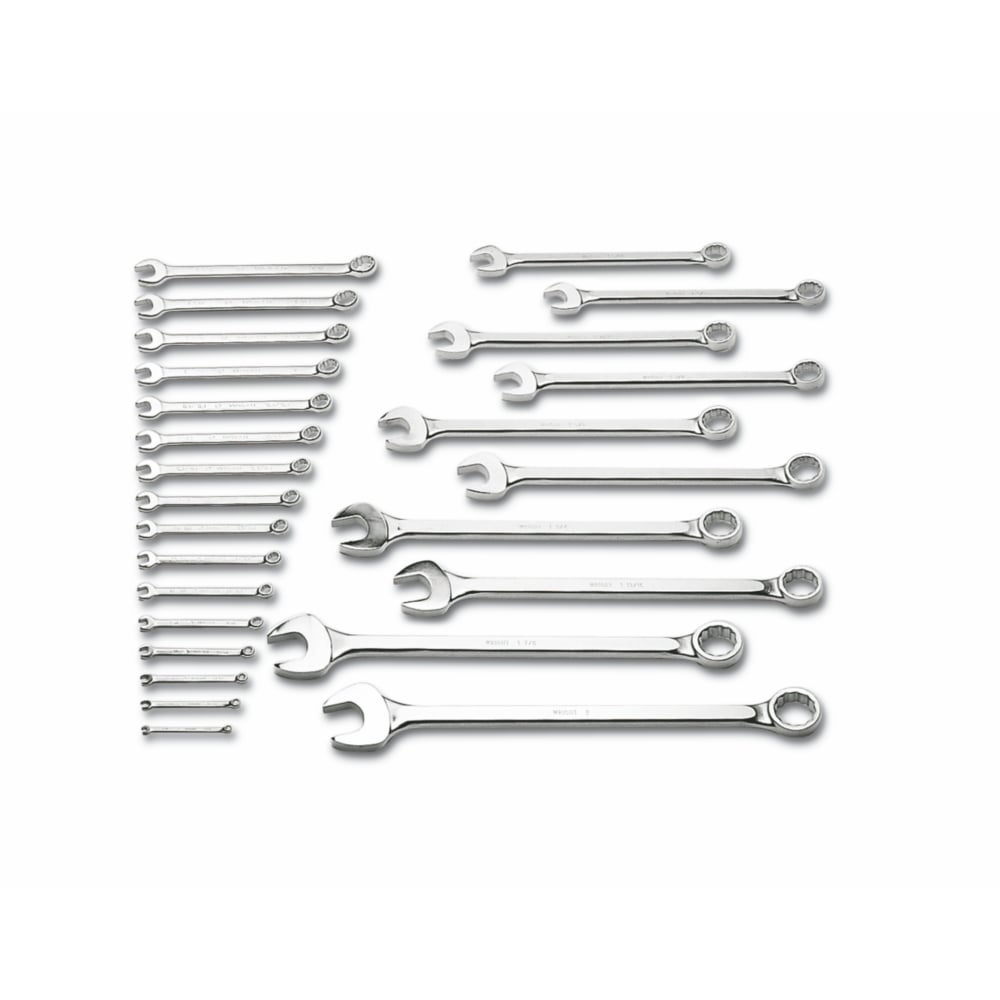Hand Tools

Combination Wrenches for Plumbing Projects: Essential Tools for DIYers
When it comes to DIY plumbing projects, having the right tools is essential for success. Among these tools, combination wrenches play a crucial role in tackling various plumbing tasks efficiently and effectively. In this blog, we’ll explore why combination wrenches are indispensable for plumbing projects and how DIYers can make the most of them.
The Role of Combination Wrenches in Plumbing
Plumbing projects often involve working with pipes, fittings, and connections that require tightening or loosening. These multipurpose tools balance grip and torque perfectly, making them a go-to choice for amateurs and plumbing professionals. Combination wrenches offer a range of benefits:
- Precise Fit: Combination wrenches come in various sizes, ensuring an exact fit on different pipe fittings and nuts. This minimizes the risk of damaging fasteners and provides a leak-free connection.
- Access to Tight Spaces: Plumbing installations are notorious for being tucked away in tight, hard-to-reach spaces. Combination wrenches, with their slim profiles and open-ended design, provide better access to these confined areas where a regular wrench might not fit.
- Efficient Torque Application: The box-end side of a combination wrench provides increased torque application compared to other wrench types. This is particularly useful when dealing with stubborn or tightly secured fittings.
- Versatility: Combination wrenches are not limited to plumbing projects alone. Their dual-sided design allows them to be used for various tasks, from automotive repairs to household maintenance.
Common Plumbing Applications
Combination wrenches find numerous applications in DIY plumbing projects:
- Installing Faucets: When installing or replacing faucets, combination wrenches are used to secure the nuts that hold the faucet under the sink.
- Connecting Pipes: Combination wrenches are essential for tightening or loosening the nuts that connect pipes and fittings. This ensures watertight seals and prevents leaks.
- Repairing Leaks: In case of leaks, combination wrenches help disassemble and reassemble the affected parts for repair.
- Water Heater Maintenance: DIYers can use combination wrenches to replace or tighten connections on water heaters, such as inlet and outlet pipes.
- Showerhead Replacement: When replacing a showerhead, combination wrenches are handy for securing the shower arm to the wall outlet.
Tips for DIY Plumbing Success
Here are some tips for using combination wrenches effectively in your plumbing projects:
- Choose the Right Size: Ensure you have a set of combination wrenches that cover the sizes commonly used in plumbing. A wrench that fits snugly is less likely to slip and cause damage.
- Use the Open-End Side: The open-end side of the wrench is great for quickly loosening or tightening fittings. However, for more torque, switch to the box-end side.
- Check for Leaks: Always check for leaks after using a combination wrench to tighten connections. Tighten until snug, but avoid over-tightening to prevent damaging threads.
- Invest in Quality: Quality matters when it comes to tools. Invest in a good set of combination wrenches that will last through numerous projects.
- Safety First: Before starting any plumbing project, turn off the water supply to prevent accidents.
In Conclusion
Combination wrenches are invaluable tools for DIY plumbing projects. Their precise fit, versatile design, and ability to access tight spaces make plumbing tasks more manageable and efficient. You can confidently take on plumbing projects and enjoy leak-free results by including a set of combination wrenches in your toolkit and following the tips outlined in this blog.